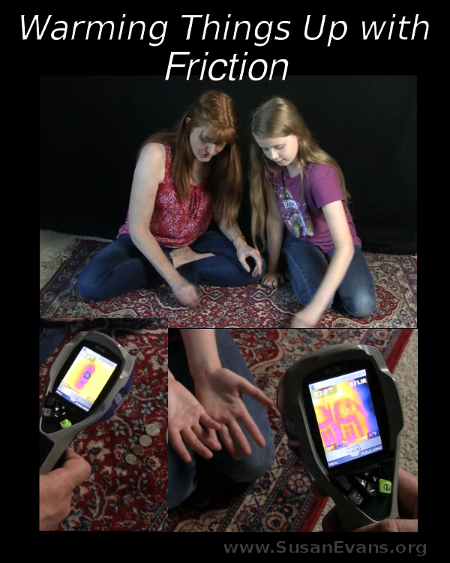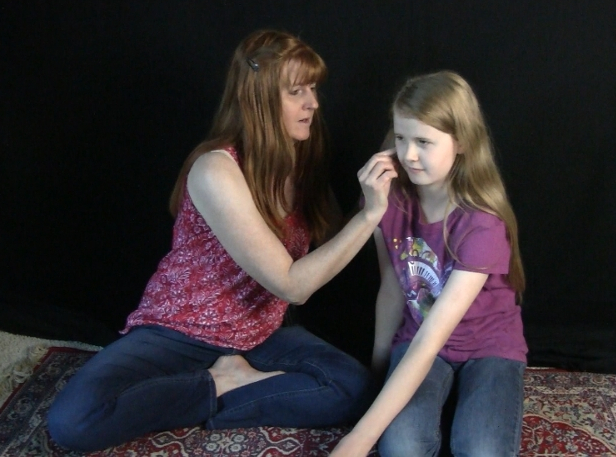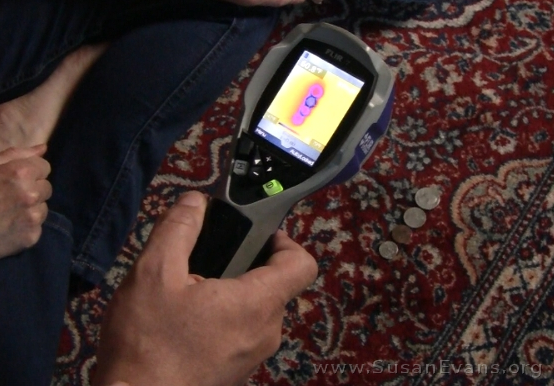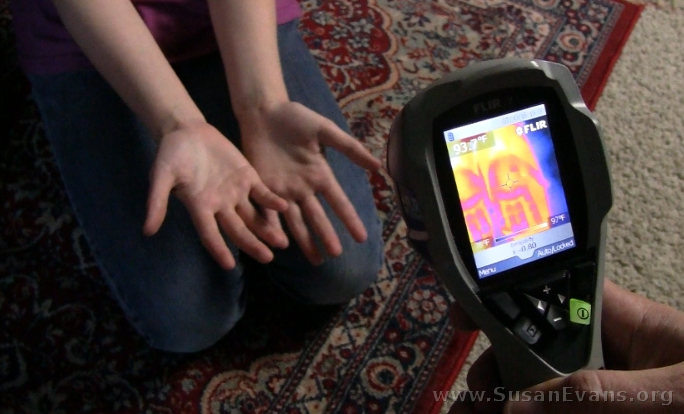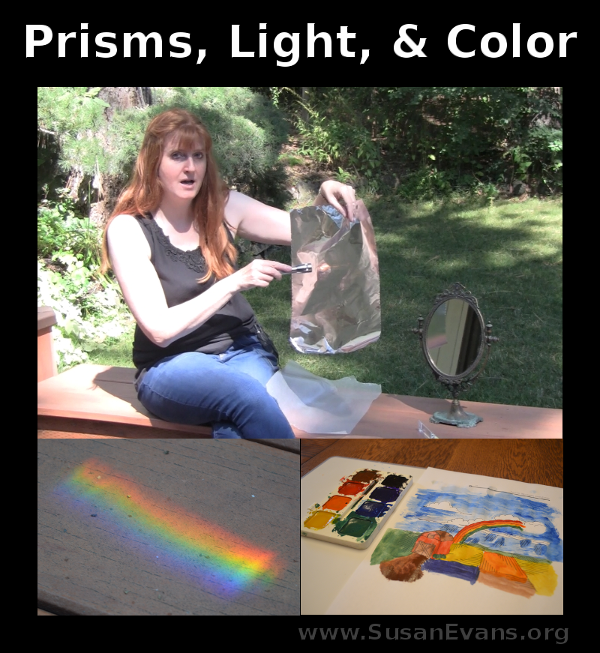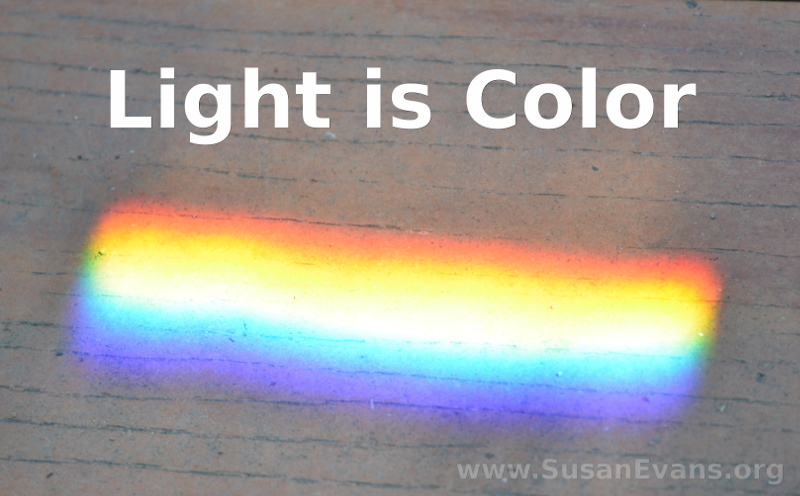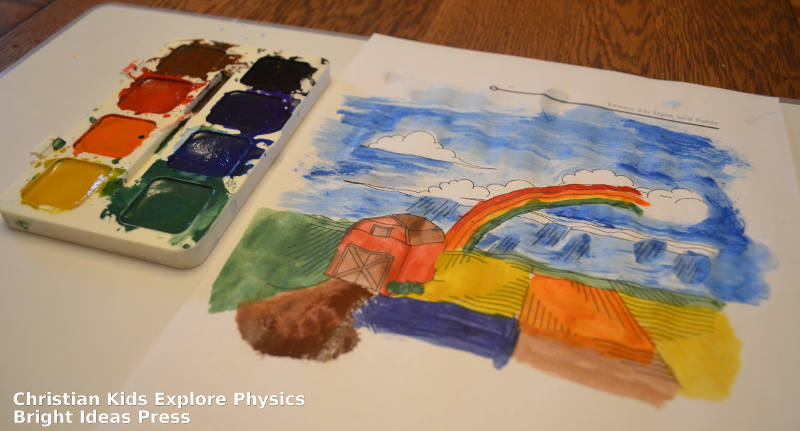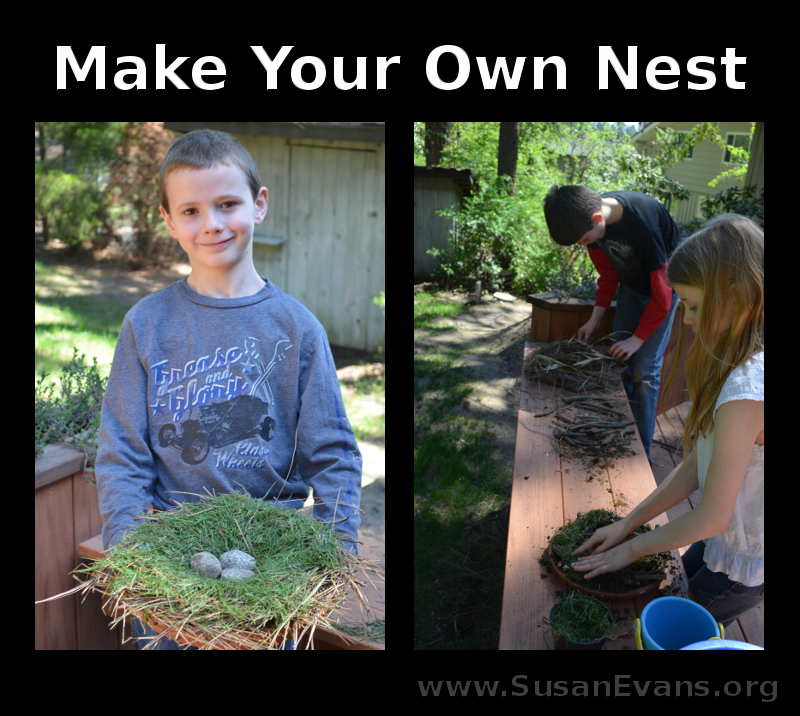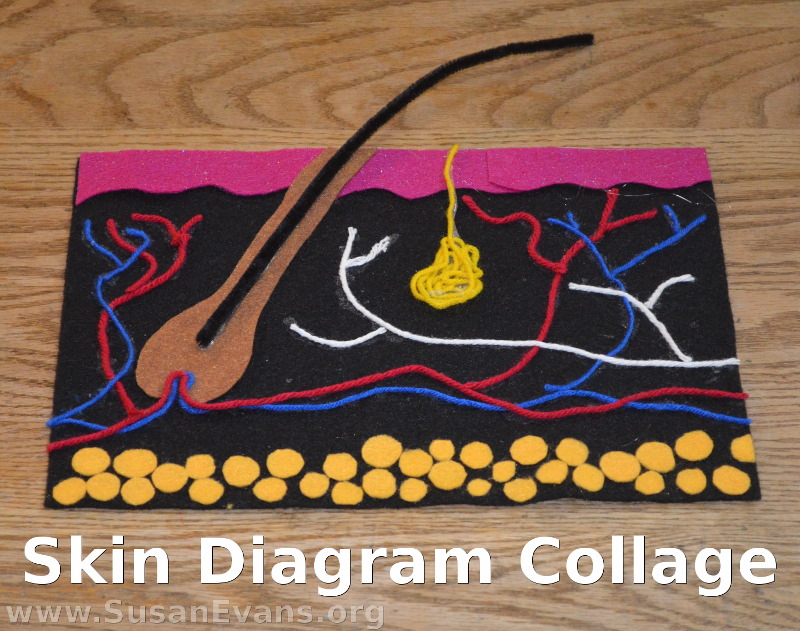Today we will be warming things up with friction. We will be rubbing coins against the carpet to see if they get hot. We will be using an infrared camera to see how hot the coin gets after experiencing friction.
Next we will rub our hands together. You will see that the ring on my husband’s hand does not get hot, probably because the ring is tight on my husband’s hand, so the ring got no friction when he rubbed his hands together.
The grand finale is the vacuum cleaner. You will have to watch the video to see how the vacuum cleaner creates a line of heat in its path!
Heat & Friction Experiment: Infrared Camera (video)
This post contains affiliate links. I was compensated for my work in writing this post.
This experiment is from Christian Kids Explore Physics by Bright Ideas Press. We have been enjoying all the hands-on activities that bring the subject of physics to life for kids.
Coin Friction Experiment
Hold a coin against your cheek and see how cold it is. Now rub it against the carpet for 30 seconds. Low-pile carpet works better than shaggy carpet, by the way. Then place the coin against your cheek again and notice the difference in temperature of the coin.
Try different coins: penny, nickel, dime, and quarter. Rub harder or faster and see if the coin gets hot faster.
We measured the temperature of the coins before and after rubbing them against the carpet. We saw an immediate change in temperature, even to the carpet underneath it! We could sign our name in the carpet with the coin, leaving a hot trail on the carpet. This reminds me of signing my name with sparklers on New Year’s Eve.
Hand Friction Experiment
My daughter rubbed her hands together, and they got hotter. This is why if you are out in the snow and you are super cold, you can feel warmer when you rub your hands together, because the friction creates warmth.
I hope you enjoyed this fun heat and friction experiment. I had to laugh when I saw what my face looked like with the infrared camera!
